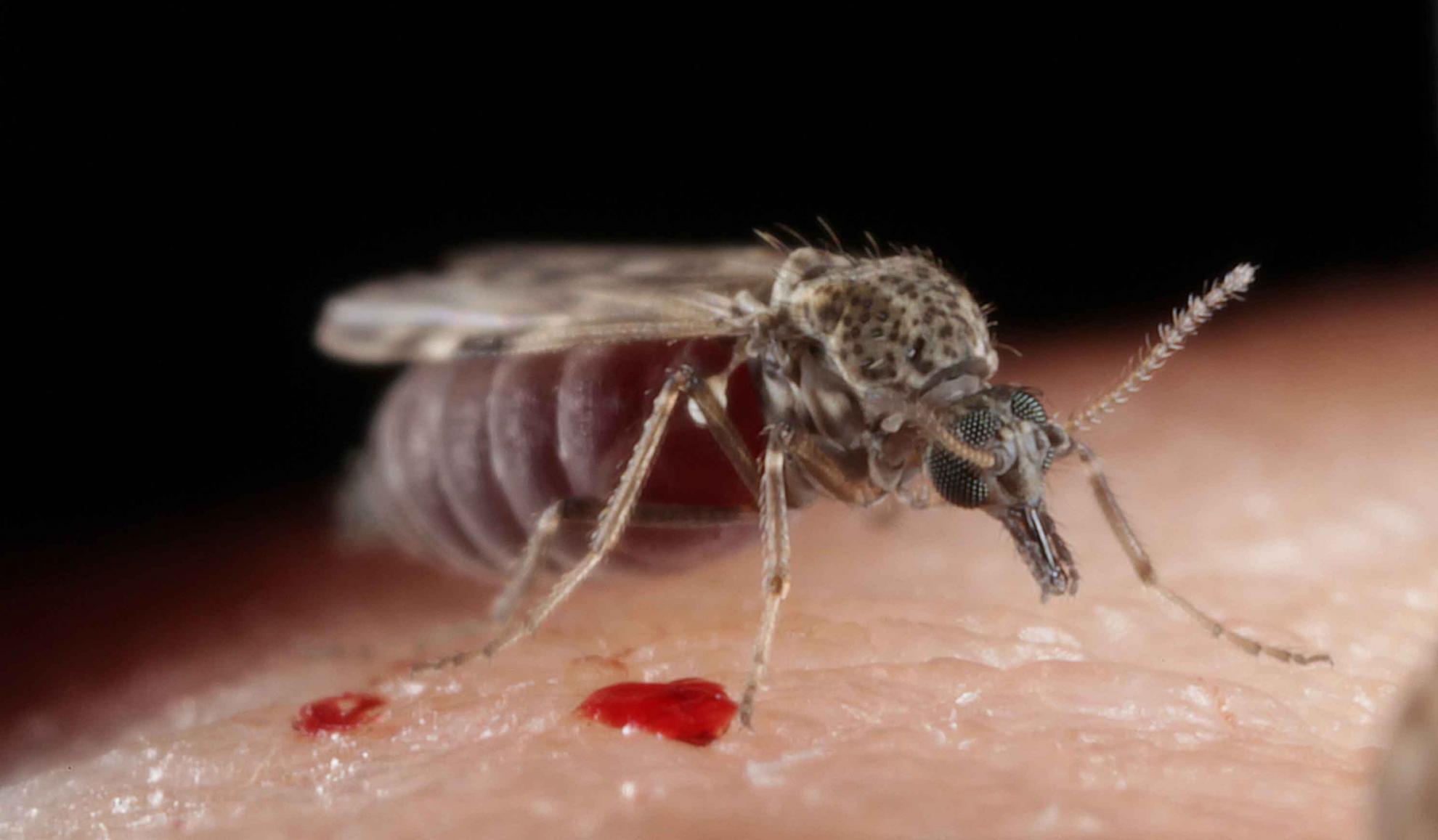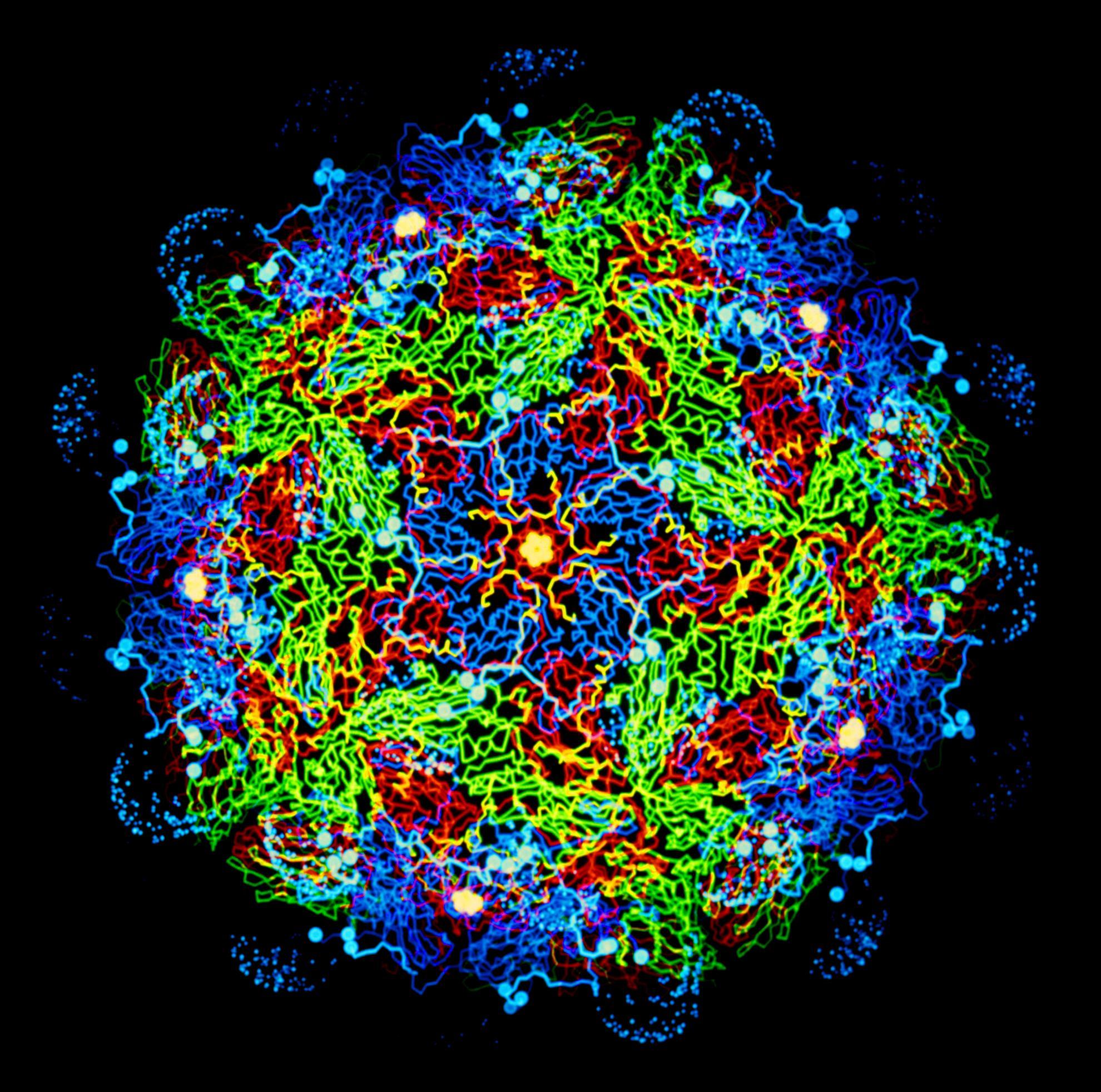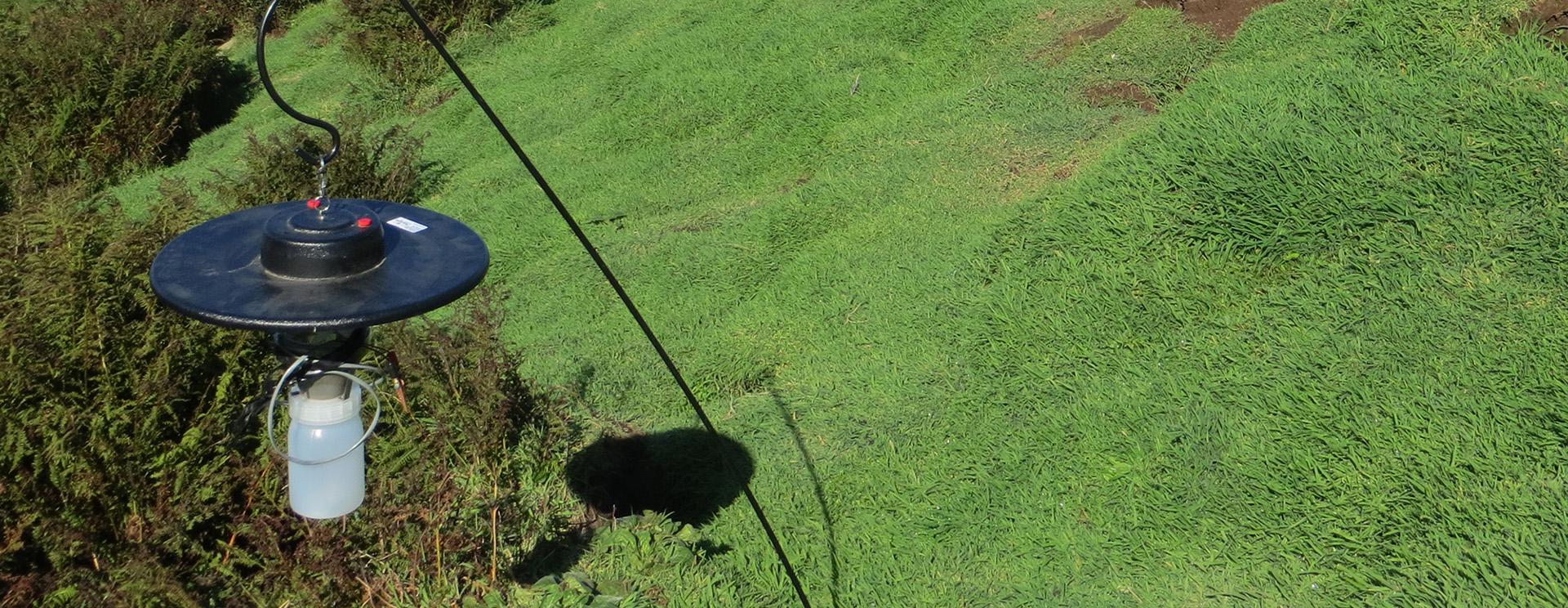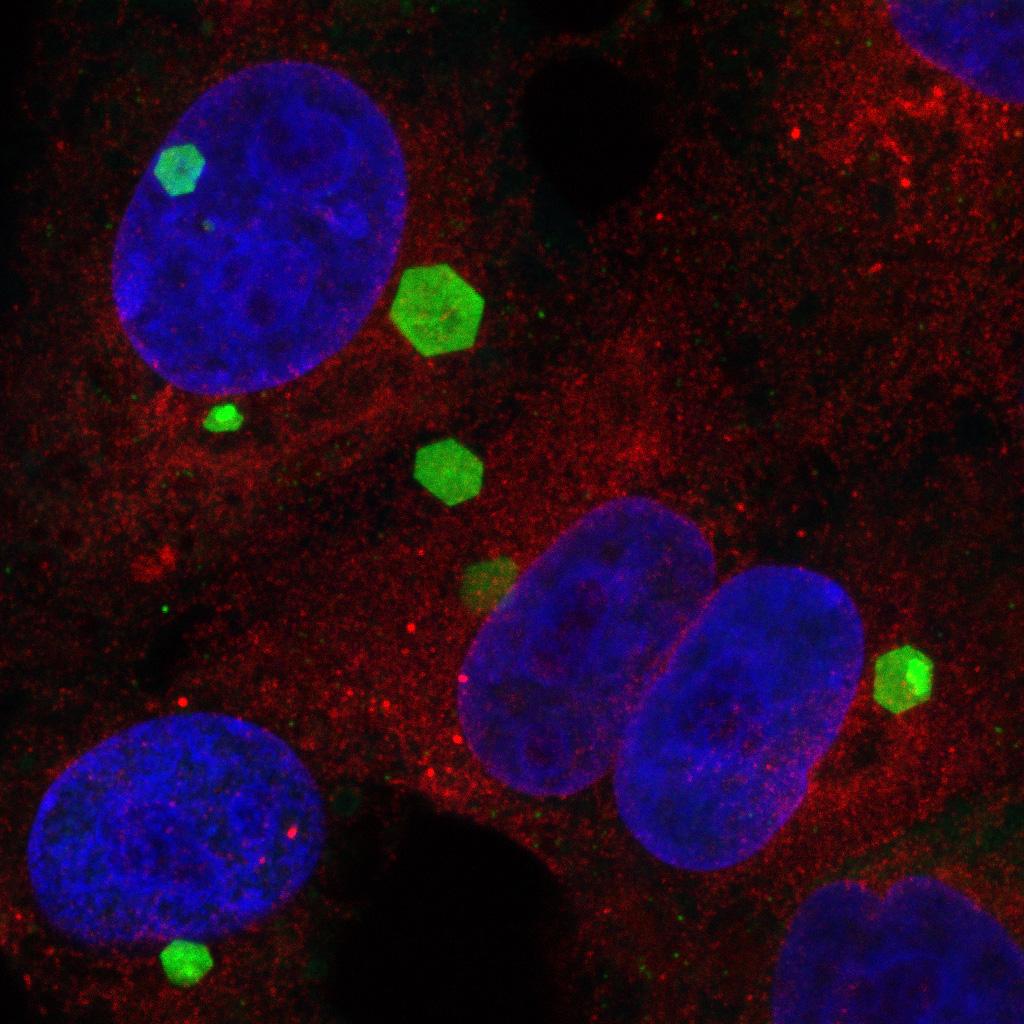Thermal limits for flight activity of field-collected Culicoides in the United Kingdom defined under laboratory conditions
BACKGROUND:
Culicoides biting midges (Diptera: Ceratopogonidae) are biological vectors of internationally important arboviruses and inflict biting nuisance on humans, companion animals and livestock. In temperate regions, transmission of arboviruses is limited by temperature thresholds, in both replication and dissemination of arboviruses within the vector and in the flight activity of adult Culicoides. This study aims to determine the cold-temperature thresholds for flight activity of Culicoides from the UK under laboratory conditions.
METHODS:
Over 18,000 Culicoides adults were collected from the field using 4 W down-draught miniature ultraviolet Centers for Disease Control traps. Populations of Culicoides were sampled at three different geographical locations within the UK during the summer months and again in the autumn at one geographical location. Activity at constant temperatures was assessed using a bioassay that detected movement of adult Culicoides towards an ultraviolet light source over a 24-h period.
RESULTS:
The proportion of active adult Culicoides increased with temperature but cold temperature thresholds for activity varied significantly according to collection season and location. Populations dominated by the subgenus Avaritia collected in South East England had a lower activity threshold temperature in the autumn (4 °C) compared with populations collected in the summer (10 °C). Within the subgenus Avaritia, Culicoides scoticus was significantly more active across all temperatures tested than Culicoides obsoletus within the experimental setup. Populations of Culicoides impunctatus collected in the North East of England were only active once temperatures reached 14 °C. Preliminary data suggested flight activity of the subgenus Avaritia does not differ between populations in South East England and those in the Scottish Borders.
CONCLUSIONS:
These findings demonstrate seasonal changes in temperature thresholds for flight and across different populations of Culicoides. These data, alongside that defining thresholds for virus replication within Culicoides, provide a primary tool for risk assessment of arbovirus transmission in temperate regions. In addition, the study also provides a comparison with thermal limits derived directly from light-suction trapping data, which is currently used as the main method to define adult Culicoides activity during surveillance.




